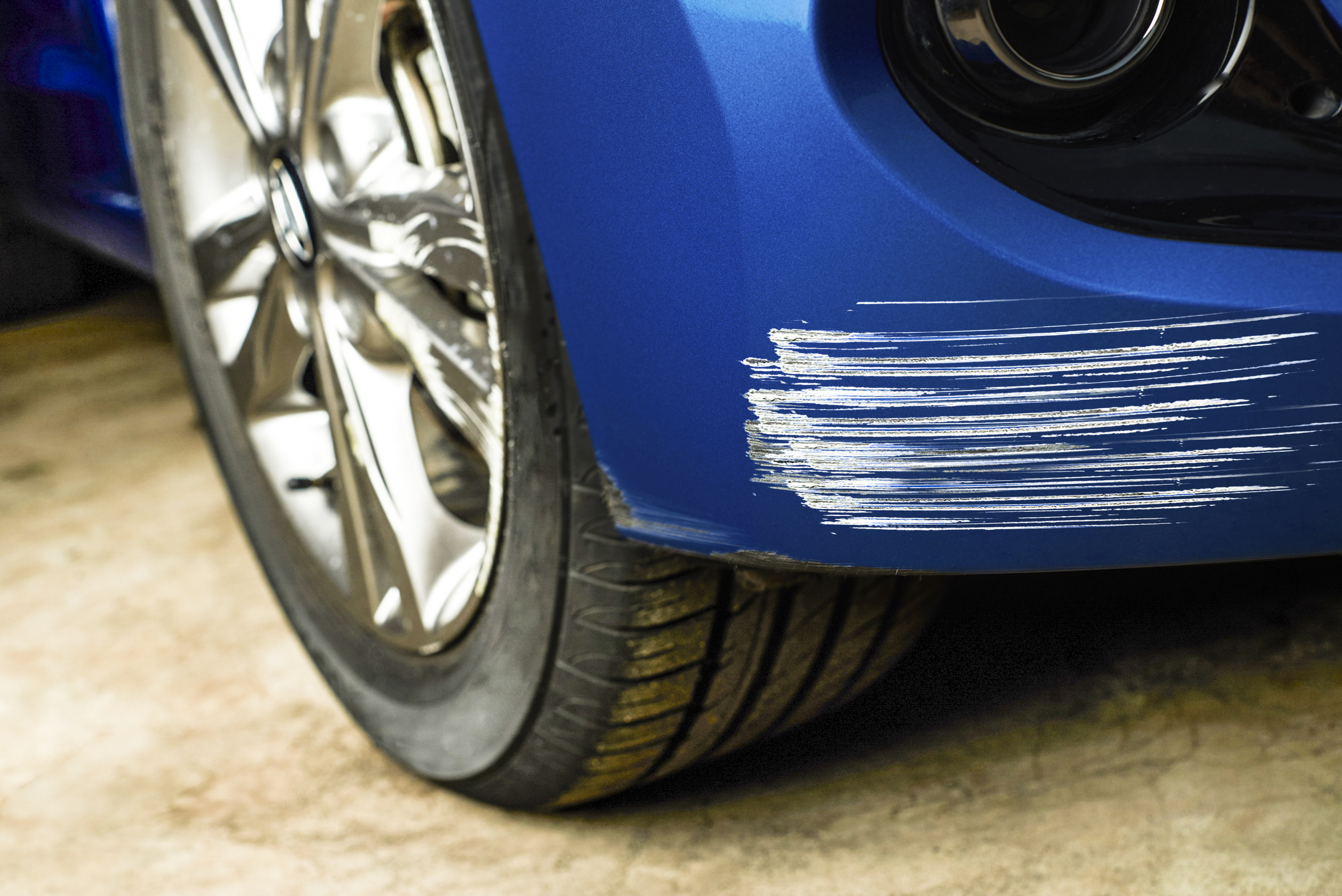Scratches on your car’s plastic surfaces can be an eyesore, diminishing the vehicle’s aesthetic appeal. But don’t despair; these superficial blemishes can be rectified with a few simple techniques. This guide will delve into the intricacies of car plastic scratch removal, empowering you to restore your ride’s pristine condition.

Image: anewwayforward.org
Understanding Plastic Types: A Foundation for Effective Repairs
The composition of your car’s plastic surfaces significantly influences the repair technique. Here’s a breakdown of the most commonly used plastic types:
- Polypropylene (PP): Flexible and durable, often found in bumpers and interior panels.
- Acrylonitrile Butadiene Styrene (ABS): Strong and impact-resistant, commonly used for dashboards and consoles.
- Polymethyl Methacrylate (PMMA): Transparent and scratch-resistant, often found in headlights and taillights.
Identifying the plastic type ensures you select the most appropriate repair method.
Methodologies for Minor Scratches: Easy Fixes for Superficial Imperfections
- Toothpaste: Non-gel formulas contain mild abrasives that can remove light scratches. Apply with a cloth and gently rub in circular motions.
- Baking Soda Paste: Create a paste by mixing baking soda with water. Apply and scrub with a soft cloth for effective scratch removal.
- Furniture Polish: For shallow scratches, apply furniture polish with a clean cloth and buff to a glossy finish.
Tackling Deeper Scratches: Advanced Techniques for Stubborn Blemishes
- Sandpaper: Fine-grit sandpaper (1500-2000) can smooth out deeper scratches. Sand in the direction of the scratch, avoiding excessive pressure.
- Heat Gun: Soften the plastic around the scratch using a heat gun. Once pliable, carefully push the edges of the scratch towards the center to conceal it.
- Plastic Welding: For severe scratches that penetrate the plastic’s surface, plastic welding is an effective solution. It involves melting the plastic around the scratch and re-fusing it, leaving a virtually unnoticeable repair.

Image: jasonwrendesign.blogspot.com
Restoring Transparency to Headlight Scratches: Reclaiming Clarity
Headlight scratches can impair night visibility. Here are proven methods to restore transparency:
- Sanding and Polishing: Gradually sand the headlight with progressively finer grits of sandpaper (600-2000). Finish by polishing with a car polish to achieve a clear surface.
- Headlight Restoration Kit: These kits typically include a sanding solution, UV protectant, and polish. Follow the kit’s instructions for a step-by-step headlight restoration.
Preventive Measures: Shielding Against Future Scratches
- Protective Film: Apply protective film or vinyl wrap to vulnerable plastic surfaces, such as bumpers and door handles, to prevent scratches.
- Regular Cleaning: Keep plastic surfaces clean to minimize the accumulation of dirt and debris that can cause scratches.
- Avoid Abrasive Cleaners: Harsh chemicals and abrasive cleaners can damage plastic surfaces. Opt for gentle detergents and soft cloths for cleaning.
How To Fix Car Plastic Scratches
Conclusion
Armed with these effective techniques, you can erase unsightly scratches from your car’s plastic surfaces, restoring its pristine appearance. Remember to identify the plastic type, select the appropriate repair method, and prioritize preventive measures to maintain your vehicle’s blemish-free exterior. By following these guidelines, you can confidently restore the beauty of your ride and keep it looking its best for years to come.